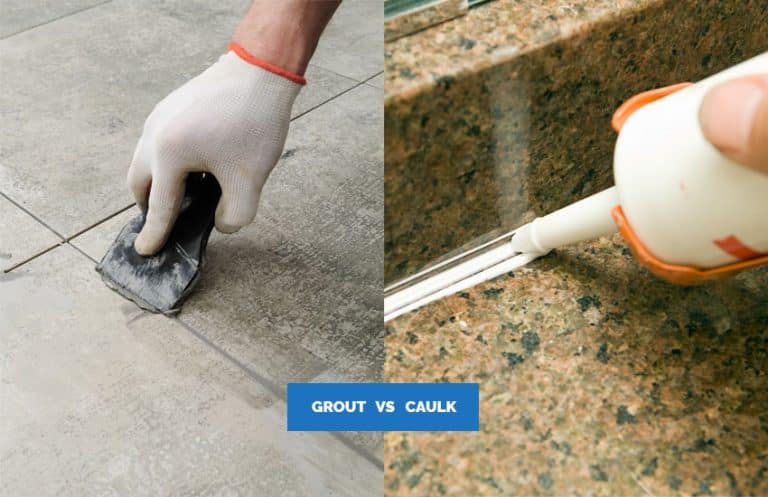Basement Ceiling Insulation (Pros and Cons)
Here’s our guide to the basement ceiling insulation pros and cons with popular types such as fiberglass, spray foam, stone wool and foam board.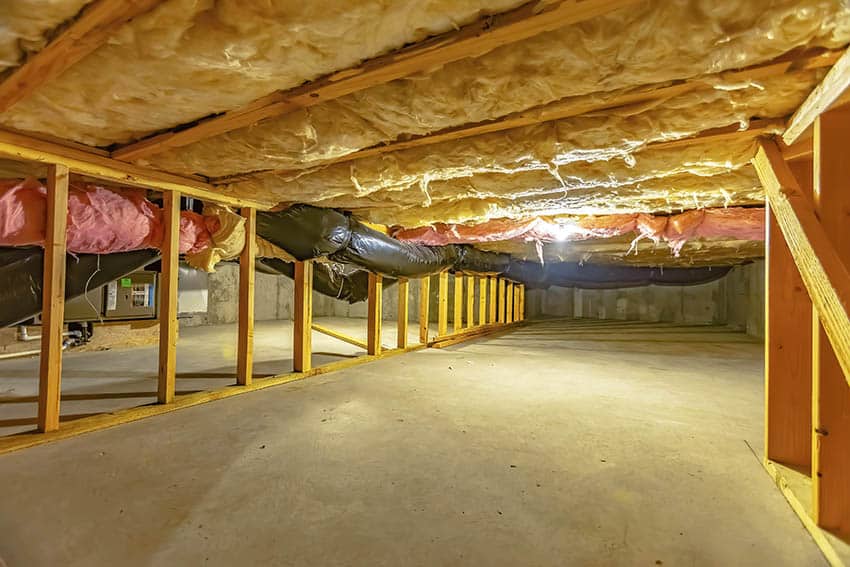
However, the challenge of maneuvering through wiring, duct work, and other structural components as well as the added costs can put off many homeowners in foregoing such an investment.
This article will help you to evaluate your basement ceiling insulation by knowing the considerations, pros and cons, and tips about basement ceiling insulation.
What to Use For Basement Ceiling Insulation
Compared to other methods of improving your energy efficiency, basement ceiling insulation is one of the simplest additions you can do.
Well-installed ceiling insulation in your basement should bring comfort and health to your building occupants thus improving the quality of living. These benefits are invaluable when it comes to your home’s interior.
The most popular insulating materials for ceiling insulation include fiberglass, foam board, and spray board where each has its advantages and disadvantages.
As the said materials are excellent insulators, you should understand though that it is impossible to achieve a 100% insulation
Should You Insulate Basement Ceiling?

Insulating your basement ceiling will then prevent moisture problems in the future, insect manifestation, radon infiltration which is a toxic and cancerous odorless gas.
As the benefits of basement ceiling insulation are undeniable, the thought of shelling out the extra cash and doing extra work for a basement ceiling insulation does put off homeowners in actually undertaking the said project.
Adding Ceiling Insulation Considerations
1 An exposed or unfinished basement.
2 Soundproofing needs.
3 Local Ordinances such as IECC requirements.
Another convincing reason to undertake basement ceiling insulation is the energy savings you incur over time that can help the environment.
According to EPA a typical home with good insulation in its crawl spaces and basement can save a homeowner around $200 a year or 15% off on heating and cooling costs. Not much for a homeowner’s end but the 25% to 30% reduction in energy use can help reduce greenhouse gas emissions.
Building America Best Practices Series also lists the following conditions for basement ceiling insulation.
- Your home is located in a dry climate.
- You observe that there is no moisture in your basement.
- You do not use your basement as a living space.
Also, these are steps that should be done before beginning an insulation project:
- Check for adequate ventilation in your basement.
- Any knob-and-tube wiring in your basement ceiling should be replaced as insulation can overheat the wiring.
- Pipes and ducts in your basement should be well insulated to prevent freezing and heat loss.
Basement Ceiling Insulation Pros and Cons
Improve temperature levels. In principle, good insulation in your basement won’t let warm air from your upper floors to your basement during the colder months reducing heat loss.
Since your basement is typically 20 to 30 degrees colder than that of your living space, heat will move towards the colder environment because of the temperature difference.
Reduce heating costs. As you can manage your temperature in your living spaces above, you don’t need extra energy to counter the heat loss to improve the comfort level of your interior.
An effective sound barrier. When you plan to use your basement as a gym, game room, or any activity that produces significant noise, a basement ceiling insulation is effective in keeping the noise down if not mute out unwanted sounds to your living space.
Prevents dust and other allergens. For basements used as a workshop or storage area, and insulation in the ceiling will help it.
Types of Basement Ceiling Insulation
Here we break down the pros and cons of the most popular types of basement ceiling insulation.
Fiberglass insulation Pros and Cons
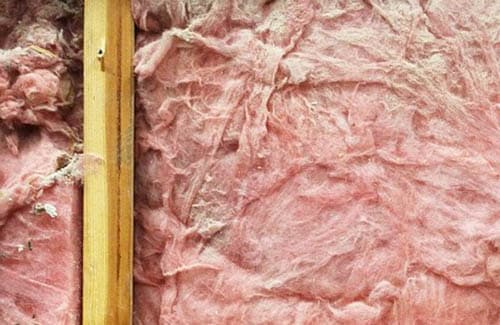
The downside though is gaps can appear especially making it difficult to achieve a full barrier.
Pros
- Overall is an effective insulation material for homes.
- The pre-cut sizes mean installation can be a DIY project for homeowners.
- Improves HVAC equipment performance
- Excellent soundproof material
- Readily available in the market
Cons
- Since it is not waterproof can easily absorb water and moisture that can lessen its insulating properties.
- Can easily burn especially with a paper-facing material.
- Because it is less dense it can droop down from your ceiling which will need staples and wires to secure.
Stone Wool Insulation Pros and Cons
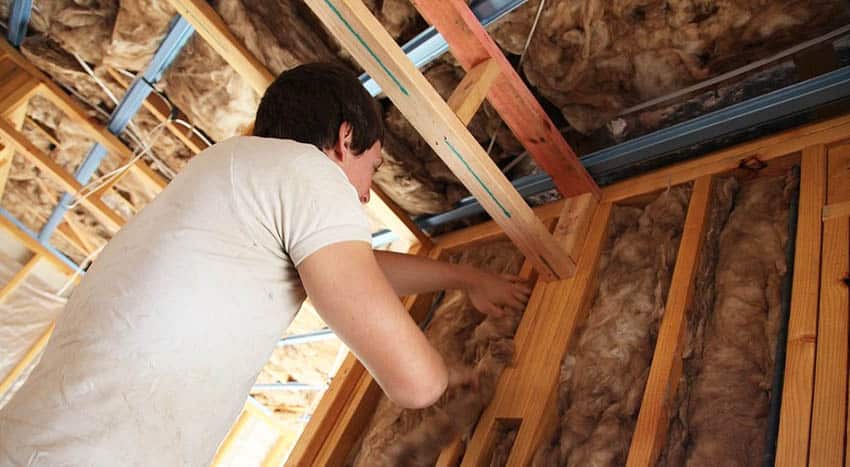
Pros
- For places that need soundproofing, this is the material to go for.
- Water-resistant. Perfect for places with high humidity due to its ability to even repel water.
- Fire resistant
- Thermal protection is highly guaranteed.
Cons
- More expensive than fiberglass due to being not a common material.
- It’s heavier than fiberglass. It can be tricky to install or even cutting to the desired size.
- Being an asbestos alternative, it can still probably cause cancer according to the EPA. But the International Agency for Research on Cancer (IARC) classifies this, along with glass wool, and slag wool to be non-carcinogenic to humans. So the opinion on the matter is split. If you are being cautious, perhaps it’s best to stay away from this material and look for other alternatives.
Spray Type Insulation Pros and Cons

Pros
- Easy to apply. Since it’s in a liquid form, it can be sprayed onto a surface. Areas with lots of crevices can be easily filled by this liquid.
- Thermal insulation is excellent. When applied strategically, the material can help keep the heat locked inside the home, saving clients in their power bills.
- Lightweight material. The material does not put too much stress on the structure.
- Resistant to damage.
- It does not produce allergens like dust or harmful gases that can affect people or pets.
Cons
- The barrier to entry with this material is quite high in terms of cost. It’s a premium product for people with enough money to pay so not everyone may be able to afford this so they will have to opt for other alternatives.
- A skilled professional should be hired to spray this material, especially around areas with cross bracing, power cables, and pipes. These things should not be sprayed so they can be repaired or replaced in the future.
Foam Board Insulation Pros and Cons

Pros
Easy to cut into the desired shape. Using a circular saw with a masonry blade or utility knife via scoring.
Water-resistant
Perfect for places like an exterior foundation, basement interior, or under the house wrap.
Cons
It’s more expensive than batt insulation and should only be considered when moisture is an issue or is expected to be an issue.
Faced Versus Unfaced Insulation
Preserving heat inside the home is not the only thing to be concerned about when trying to insulate, moisture is something that should be dealt with too.
When left unchecked, moisture can build up within the insulating material (depending on the type) and can cause all sorts of damage. Mold, rotting, and just overall degradation of the material can all happen from moisture damage. A solution to this is to use faced insulation.
Faced Insulation
It’s a layer of plastic or paper that goes with the insulating material to act as a barrier against water vapor. In places with high humidity, this is an excellent material to prevent this damage.
All parts of the home experience some degree of moisture problems. Some places experience the worst. Indicators like moisture build-up or mold growth are a sure sign you need to consider faced insulation.
Unfaced Insulation
Unfaced is a type of insulation that is installed when existing insulating material already exists. Since it is unprotected, it is cheaper. So when should you consider this material? When you have noise issues like creaking floors, then consider this option, provided you also don’t have moisture issues.
Basement Ceiling Insulation Takeaway
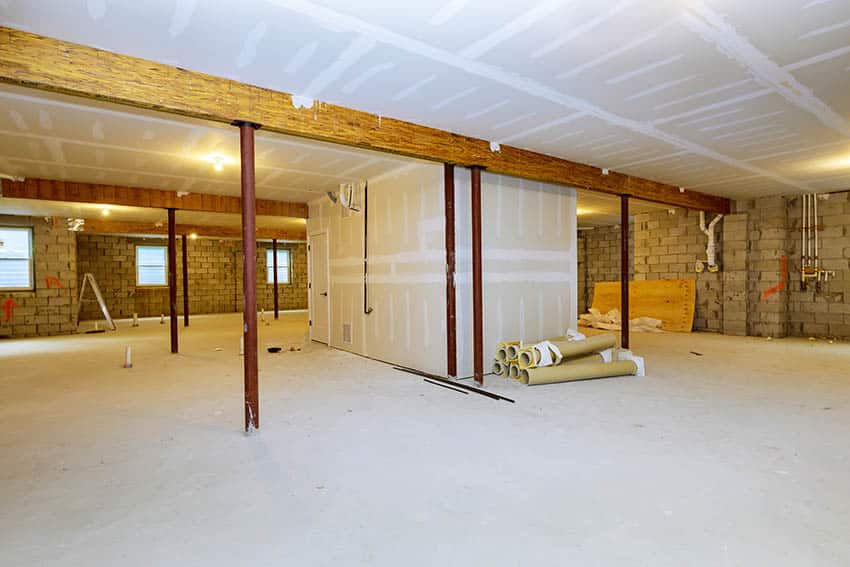
Experienced professionals can examine the project site and determine the best course of action. Details like picking the right R-Value and where to use them are something professionals would know.
If you are looking to apply insulation or try to fix existing ones, don’t hesitate qualified people to do the job.



